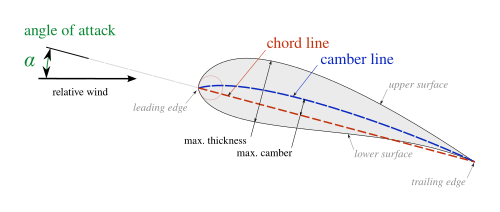

Modifications to the Turbulent Potential model including turbulence Reynolds number dependence are addressed. Rough surface boundary layer theory, application of the equivalent sand grain method, roughness parameter correlation, and wind turbine aerodynamic computational approaches are discussed. This work uses an equivalent sand grain extension to the Turbulent Potential model to computationally assess the aerodynamic effects of surface roughness on the s809 airfoil, including a representational superhydrophobic surface. Superhydrophobic surfaces, though possibly a passive, cost-saving, answer to the problem of ice accretion on wind turbine rotors in cold climates, may alter turbulence development in the blade boundary layer similar to environmental roughness. The results of the CFD simulations were compared with the experimental data.As a result of insects or other environmental fouling, surface roughness on wind turbine blades can reduce power output significantly. The simulations were run within the OpenFOAM computational package. The geometry of the airfoil, mass, moment of inertia, location of the centroid, linear and torsional stiffness was matched to properties of a physical airfoil model used for wind-tunnel measurements.

In the current work, a CFD simulation of an elastically supported NACA0015 airfoil with two degrees of freedom (pitch and plunge) coupled with 2D incompressible airflow is presented. Under certain circumstances, the interaction between the airflow and the elastic structure may lead to instability with energy transferred from the airflow to the structure and with exponentially increasing amplitudes of the structure. Technical University of Liberec, NTI FM, Studentská 2, 461 17 Liberec 1, Czech RepublicĪ Corresponding author: online: 28 March 2016įlow-induced vibration of lifting or control surfaces in aircraft may lead to catastrophic consequences.


 0 kommentar(er)
0 kommentar(er)
